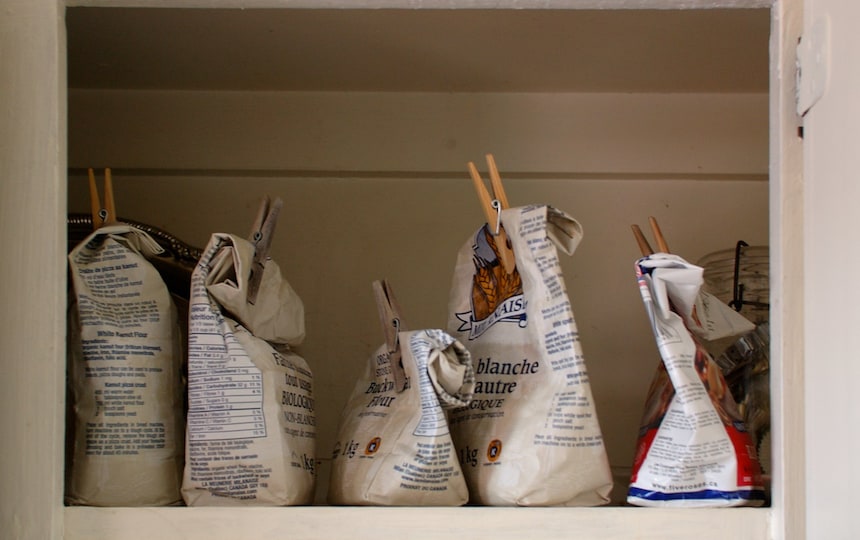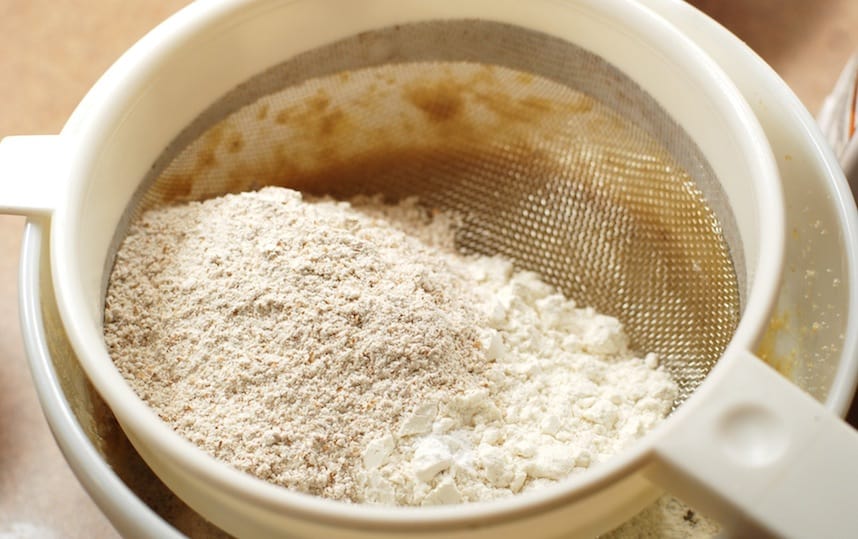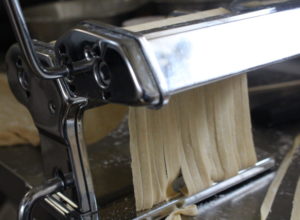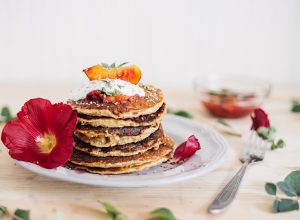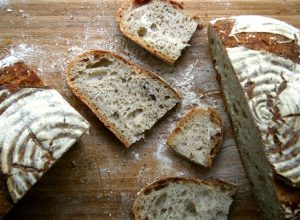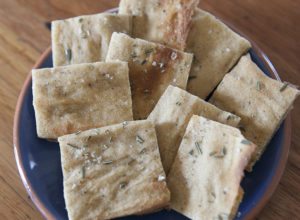There are plenty of wheat free flour substitutes that can work well in a variety of foods.
Wheat can be a healthy nutritious food when properly processed in a traditional manner (ie. soaking and sourdough). In fact, we have a whole article in Issue #15 of Pip about ways you can make wheat more digestible and easier on your gut.
However, for some of us, wheat may need to be removed from our diet for a period of healing, and in some cases, for good.
But never fear, we needn’t give up bread, pancakes, cakes and other delicious foods that can be nutritious and filling. There are plenty of wheat free flour substitutes that can work well in a variety of foods.
How to make the switch from wheat free flour
The main thing to remember is that a direct substitute rarely works well. What works best is to combine three to four different wheat free flour types together, to find a taste and texture that works for you.
Rice flour
This can be made from white or brown rice. If you have a home-mill or high-speed food processor you can grind the rice fresh yourself. Otherwise you can purchase rice flour from your wholefood or healthfood store.
Rice flour has a mild flavour but can be quite heavy in texture if used on its own. Brown rice flour makes a great gluten-free sourdough starter as it ferments really well.
Buckwheat flour
This highly nutritious seed (not a grain and not wheat) is a good source of selenium and zinc and has an earthy flavour that some may find strong if used on its own. It can give bread a lighter texture and spongier crumb.
Makes great pancakes if used about half/half with another wheat-free flour. Also fairly easy to grind at home yourself, and also works well as a gluten-free sourdough starter.
Chickpea (besan) flour
Made from ground chickpeas (again, can be ground at home in a food processor) this flour is commonly used in Indian cooking. It can be used as a thickener and egg replacement and has a high proportion of carbohydrates.
This flour has a distinct ‘beany’ flavour that some may find a little strong if used in high proportion.
Cassava/tapioca flour
This is a starch taken from the cassava root and is often used as a thickener in cooking. Potato flour can also be used in the same way. Usually not used in too high a proportion for breads/baking due to a dense texture.
Nut flour
You can grind a variety of nuts into a flour (or buy the straight meal, but you will lose freshness and nutrition this way) and use them in cakes and baked goods.
Nut flours have a wonderful flavour and are a good source of protein and healthy fats.
What about cornflour?
You’ll notice cornflour didn’t make our top five wheat free flour list. That’s because any imported corn products are most likely GM, and cornflour is lacking in nutritional value through its highly processed nature.
An exception is nixtamalised cornflour, which has gone through a traditional processing where the anti-nutrients are neutralised and it becomes more digestible. You can purchase it online.
Suggested recipe for wheat free flour/gluten free flour
- 200g rice flour
- 200g buckwheat flour
- 100g cassava flour
You may like to add a binding agent like xantham gum or guar gum (1 teaspoon) or ¼ cup of chia seeds.


